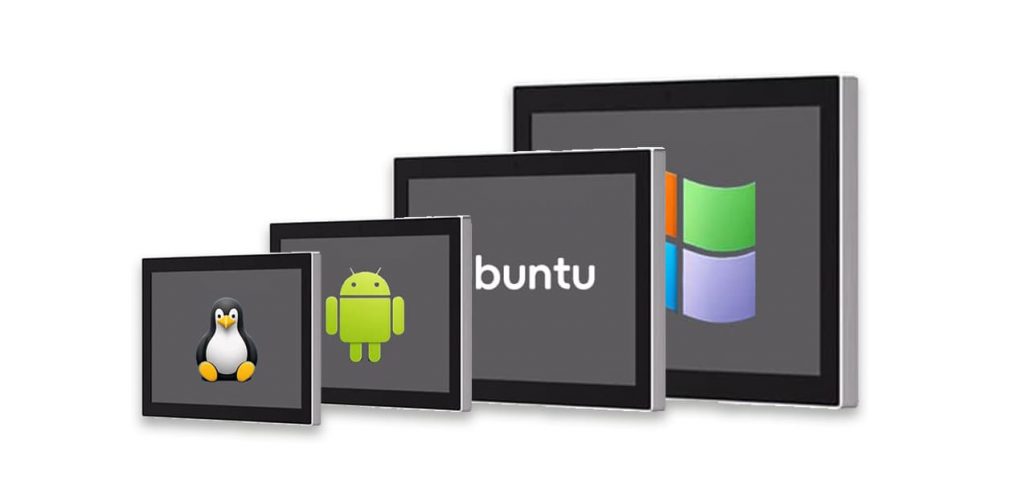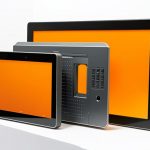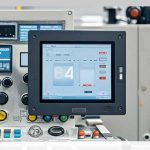
Introduction to Android Touch Panel PC
In recent years, Android Touch Panel PCs have emerged as powerful tools for bridging user interaction with digital systems. Unlike traditional setups, these devices combine Android’s flexible OS with responsive touchscreens, creating seamless workflows. Transitionally, businesses are adopting them rapidly because they reduce hardware complexity while enhancing accessibility. For instance, retail stores now leverage these PCs for point-of-sale systems, ensuring faster customer service. Moreover, their compact designs save space, making them ideal for crowded environments. As a result, industries ranging from healthcare to hospitality increasingly prioritize Android Touch Panel PCs for modernizing operations.
Key Applications Across Industries
Primarily, Android Touch Panel PCs excel in sectors demanding real-time data access and user-friendly interfaces. In healthcare, nurses use them to update patient records instantly, thereby minimizing errors. Similarly, manufacturing plants integrate these devices to monitor machinery, improving production efficiency. Additionally, educational institutions deploy them as interactive whiteboards, fostering collaborative learning. Beyond this, smart home systems rely on Android Touch Panel PCs for centralized control of lighting, security, and temperature. Consequently, their adaptability across fields underscores their transformative potential.
Advantages Over Traditional Systems
Android Touch Panel PCs outperform conventional PCs in multiple ways. First, their touch-enabled screens eliminate the need for external peripherals, streamlining tasks. Furthermore, Android’s open-source nature allows customization, enabling businesses to tailor software to specific needs. Cost-effectiveness is another benefit, as these devices often require lower upfront investments compared to Windows-based alternatives. Importantly, regular OS updates ensure enhanced security and feature upgrades. Therefore, organizations achieve both operational efficiency and long-term savings.
How to Choose the Right Android Touch Panel PC
Selecting the ideal device involves evaluating key factors. Start by assessing screen size and resolution, as these impact usability in high-traffic areas. Next, prioritize processors and RAM to handle multitasking demands. Additionally, check IP ratings for durability in harsh environments. Connectivity options like Wi-Fi 6 or Bluetooth 5.0 are equally critical for seamless integration. Finally, review vendor support for software updates and warranties. By following these steps, buyers can secure a future-proof solution.
Future Trends and Innovations
Looking ahead, Android Touch Panel PCs will likely integrate AI and IoT capabilities. For example, predictive maintenance in factories could become automated through machine learning. Simultaneously, 5G compatibility may enable faster data transfers in real-time applications. Similarly, advancements in gesture control might reduce reliance on physical touch. As these innovations unfold, industries will unlock unprecedented levels of productivity.
Conclusion
In summary, Android Touch Panel PCs are redefining interactive technology with versatility, affordability, and innovation. By understanding their applications and benefits, businesses can make informed decisions to stay competitive. As technology evolves, adopting these devices early ensures readiness for future advancements.



